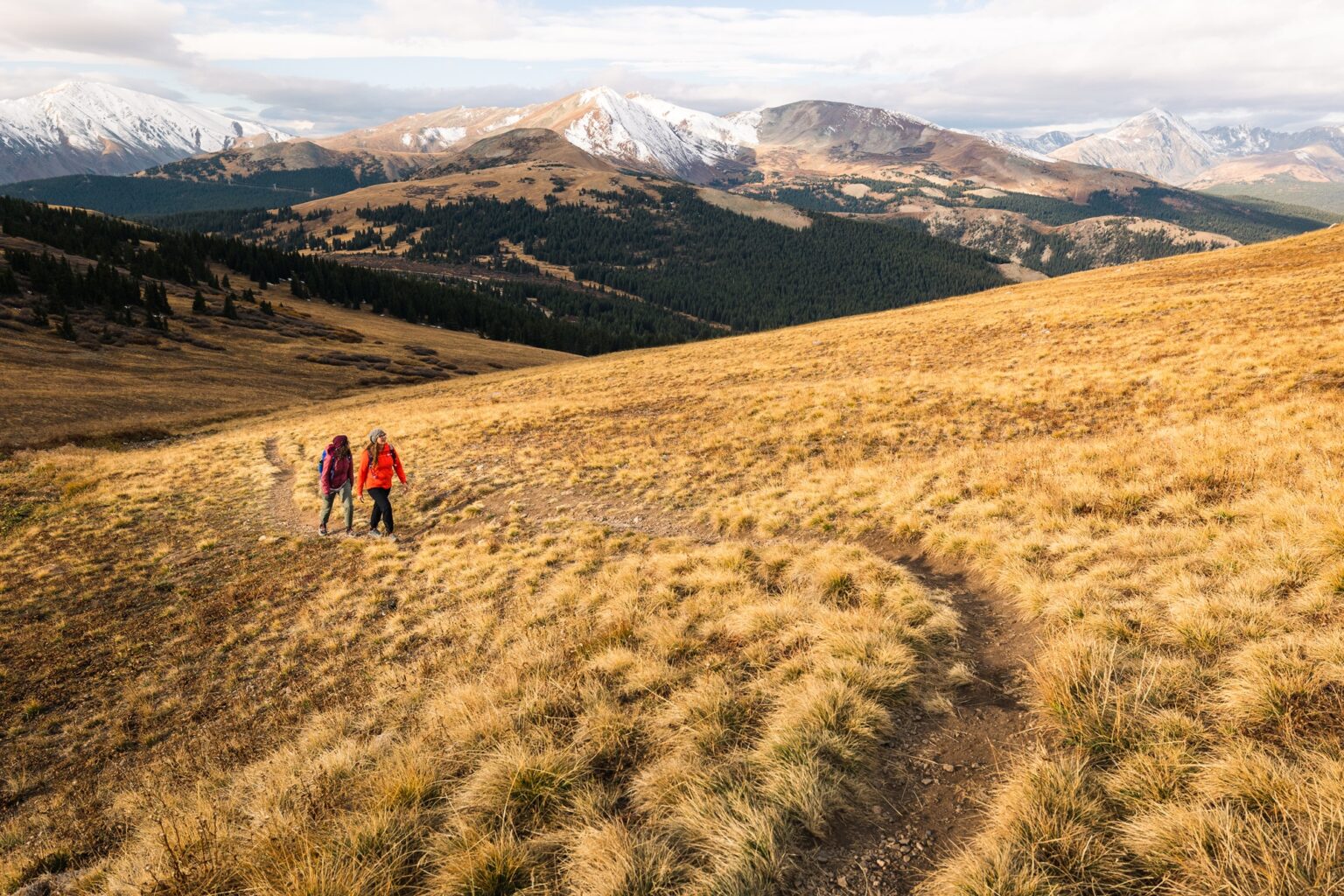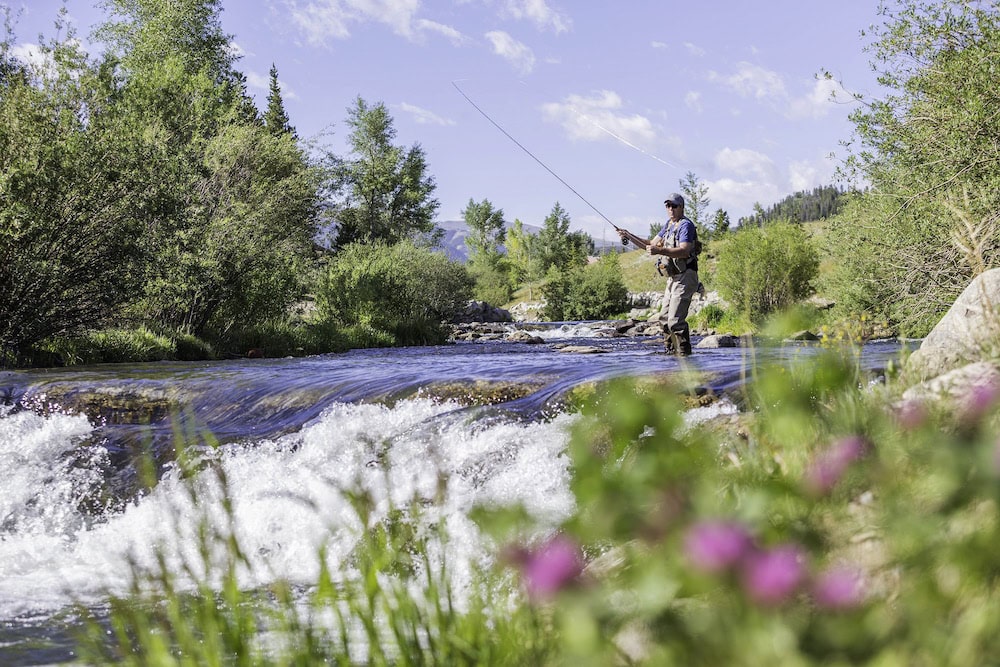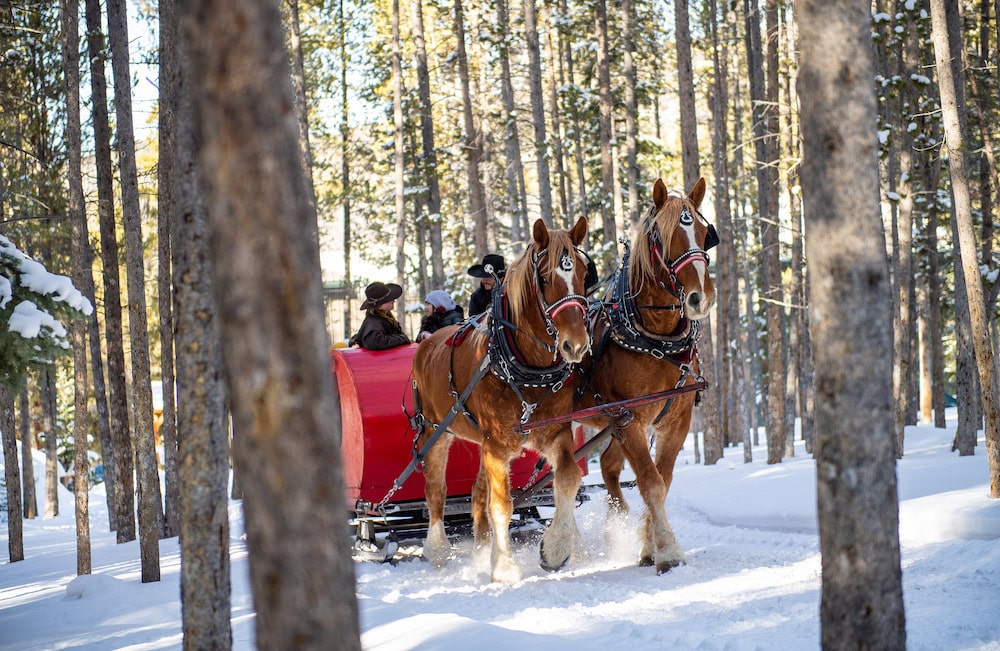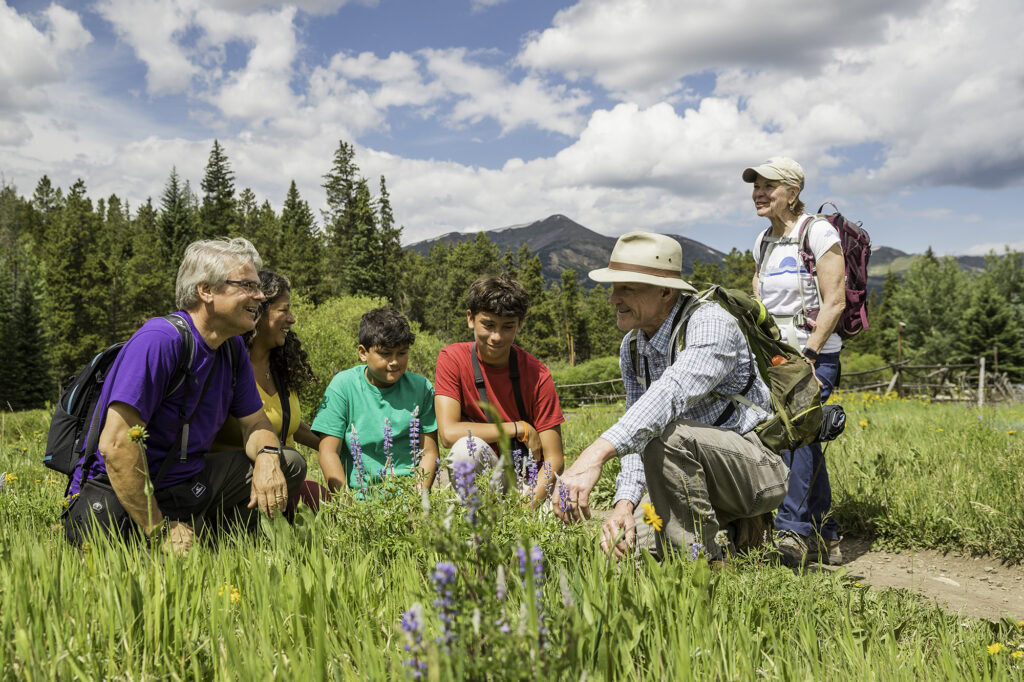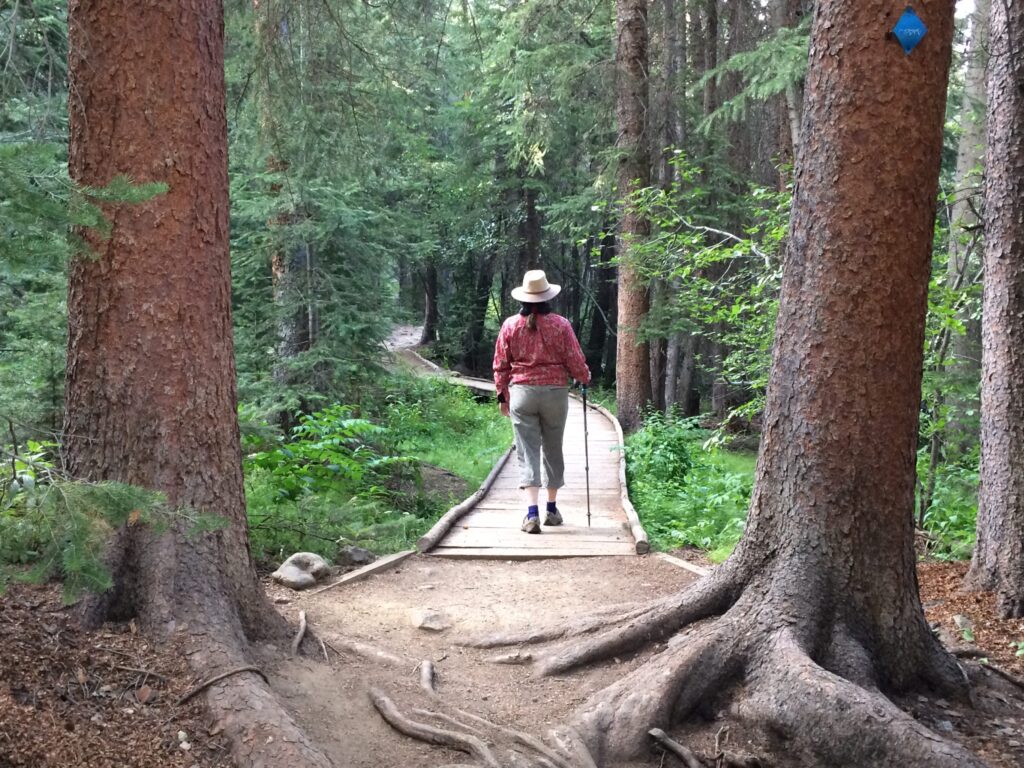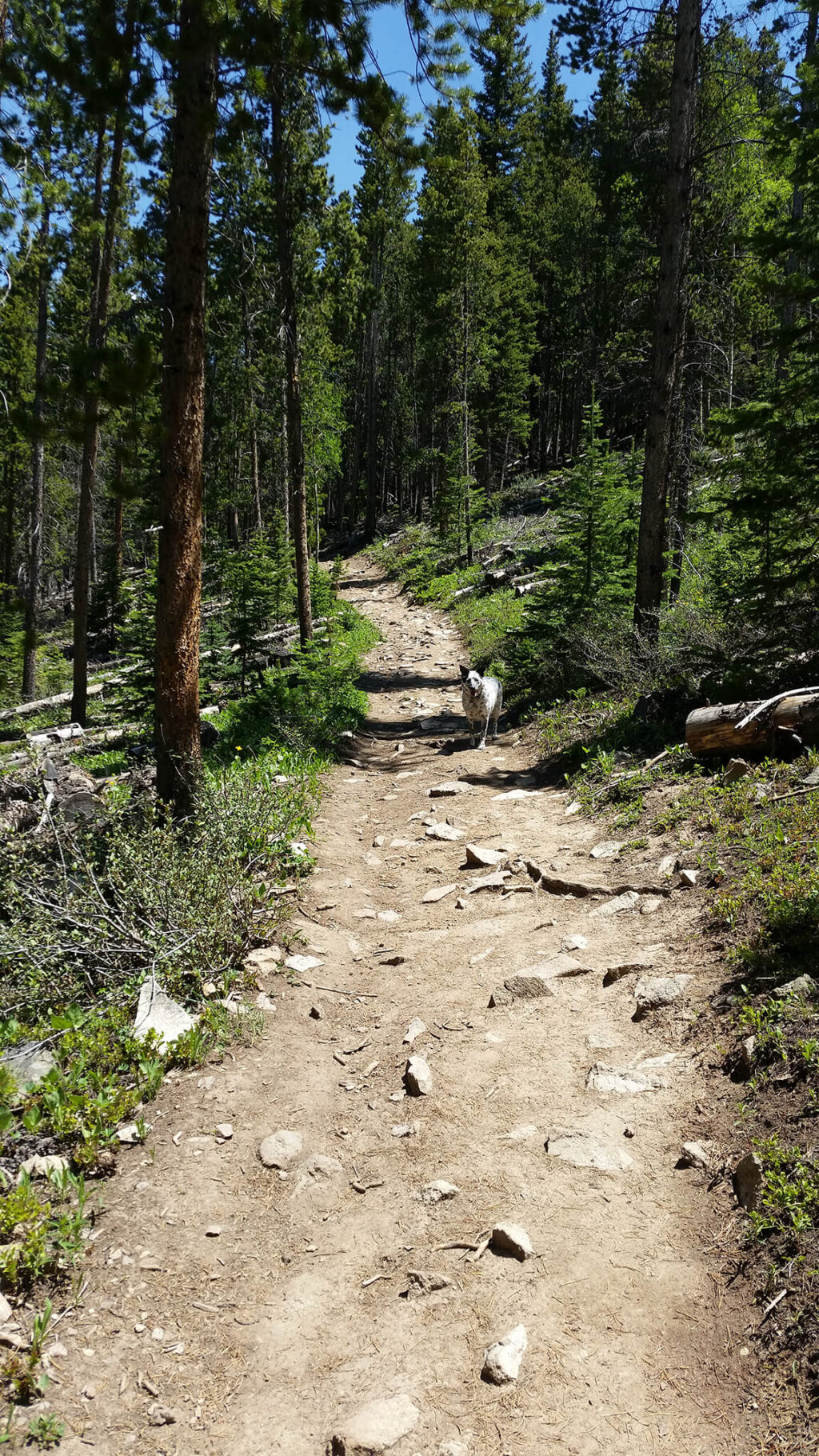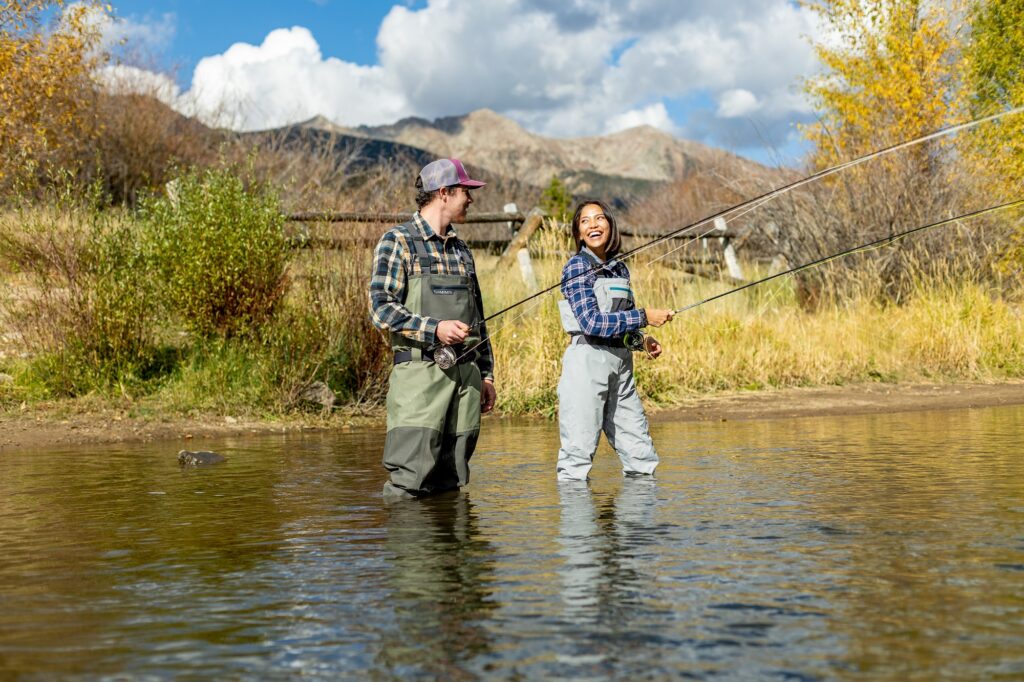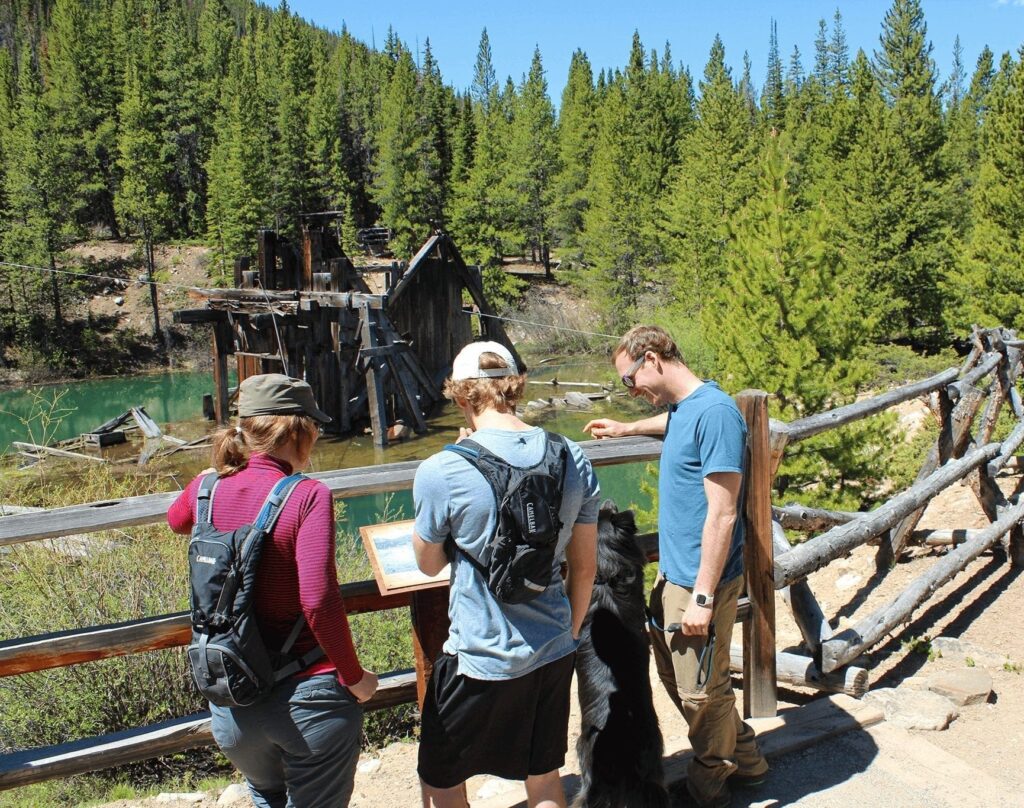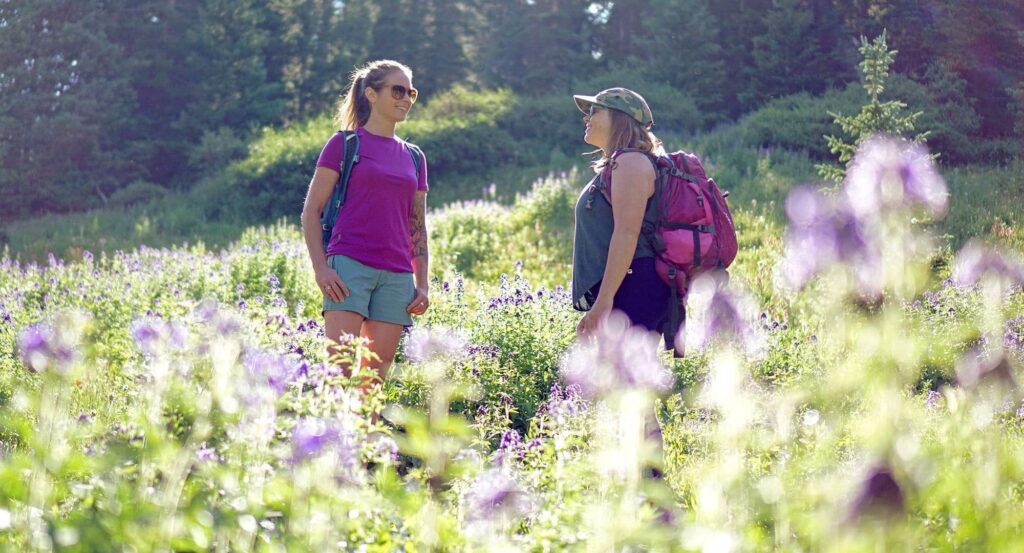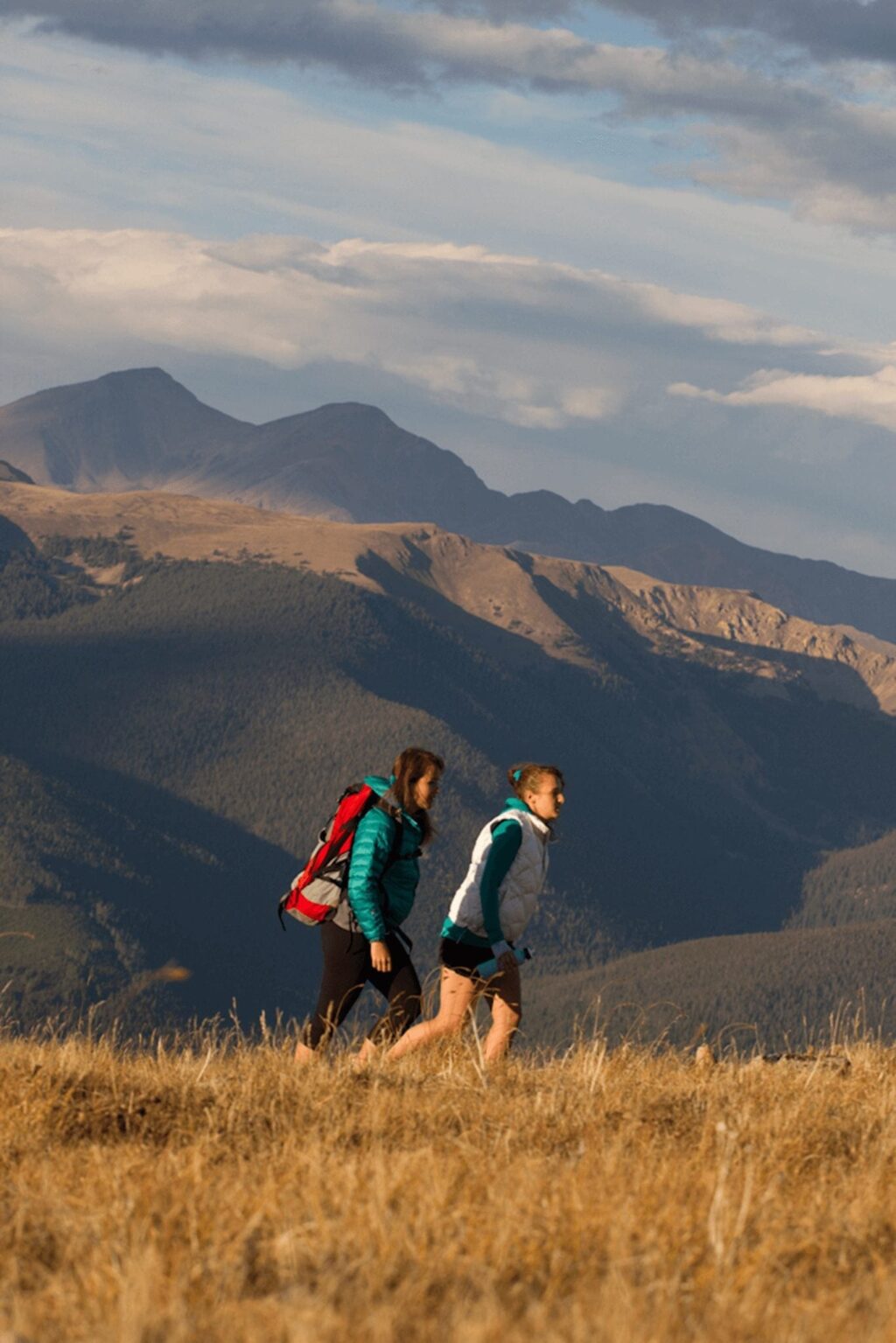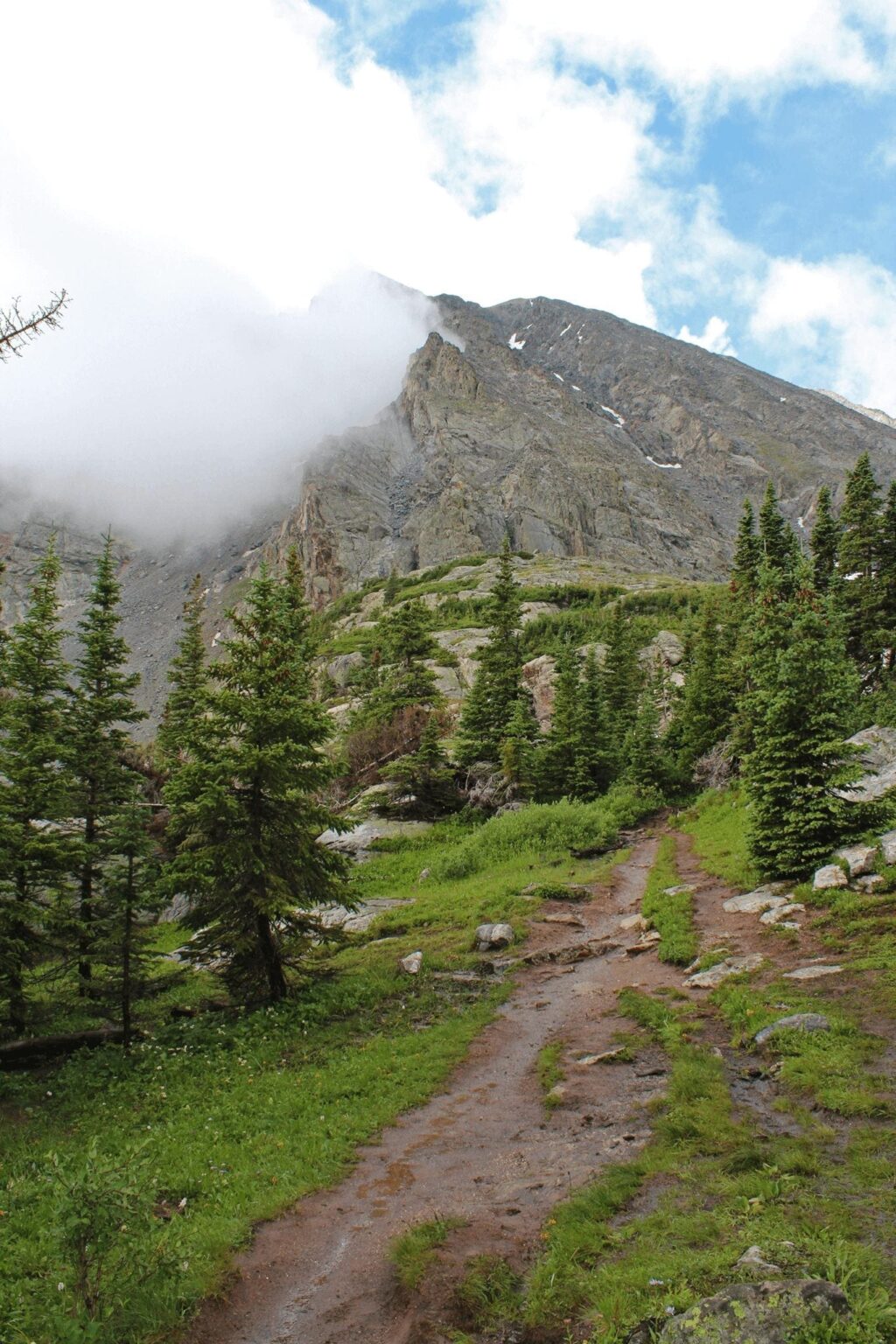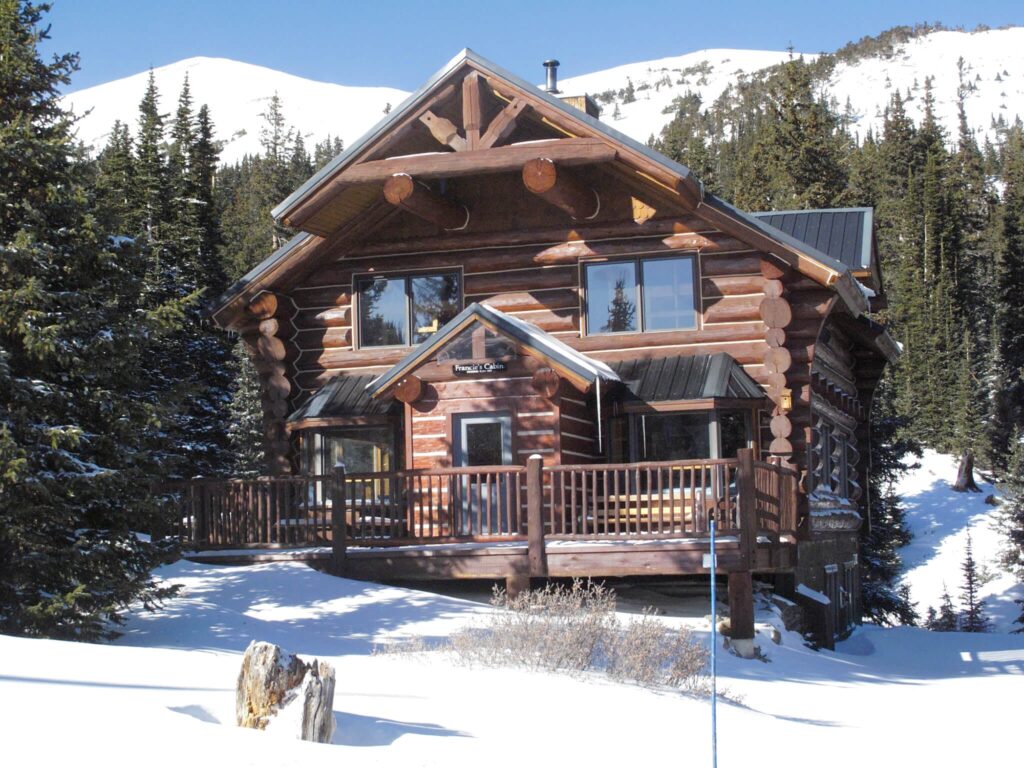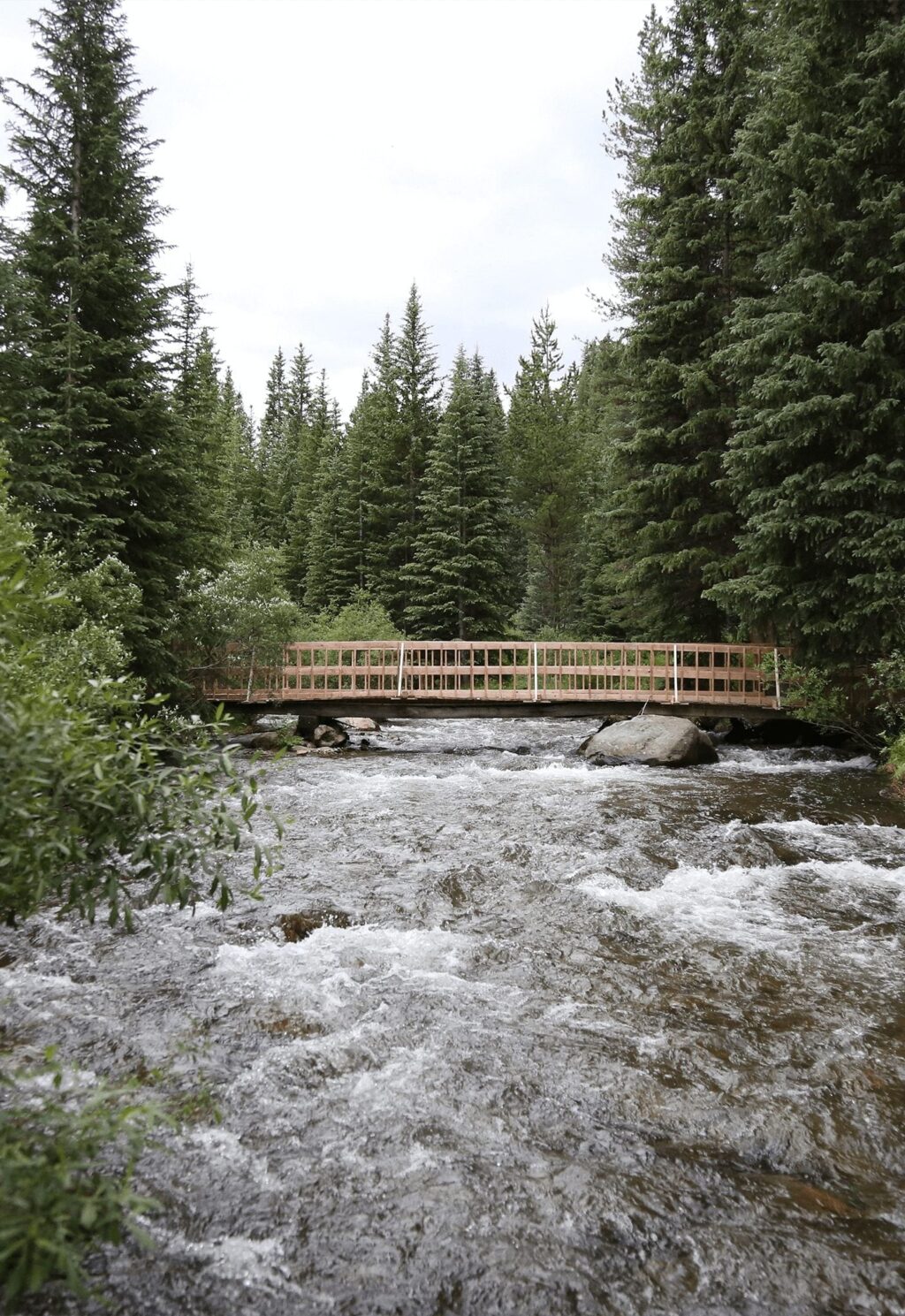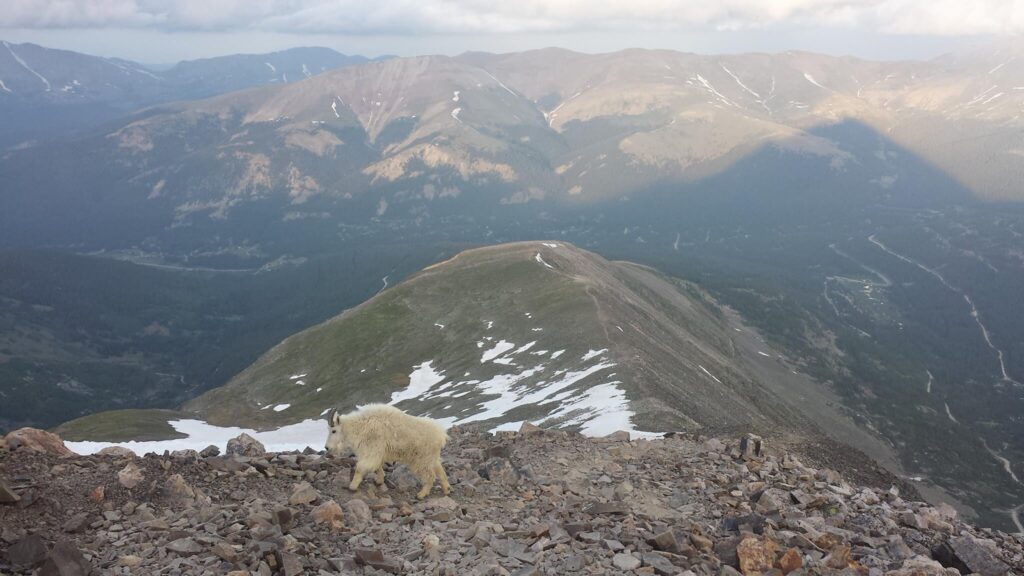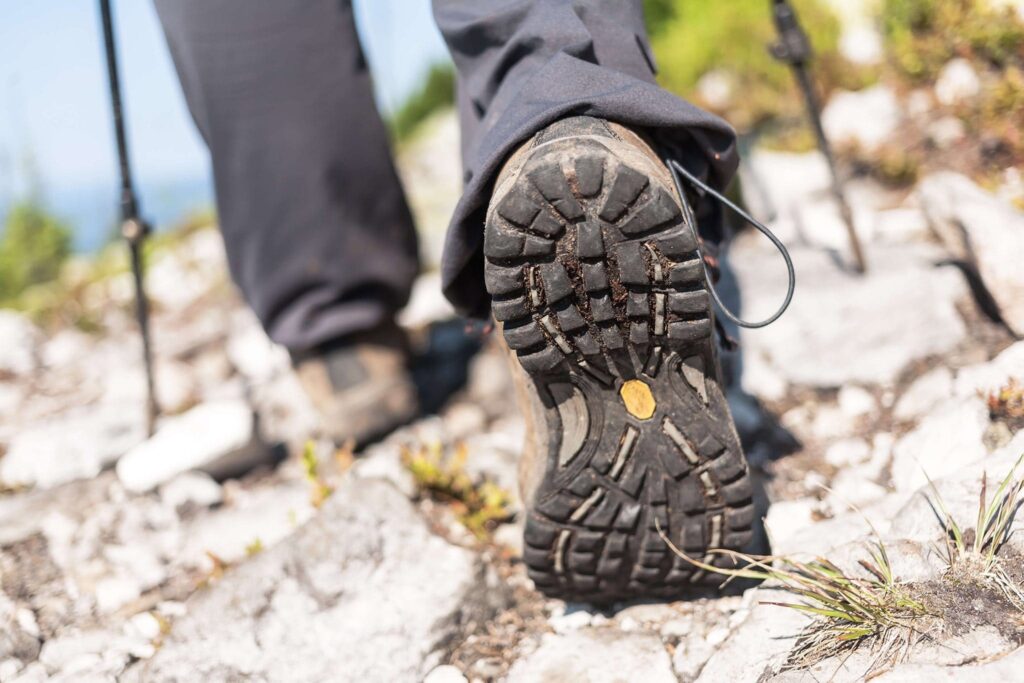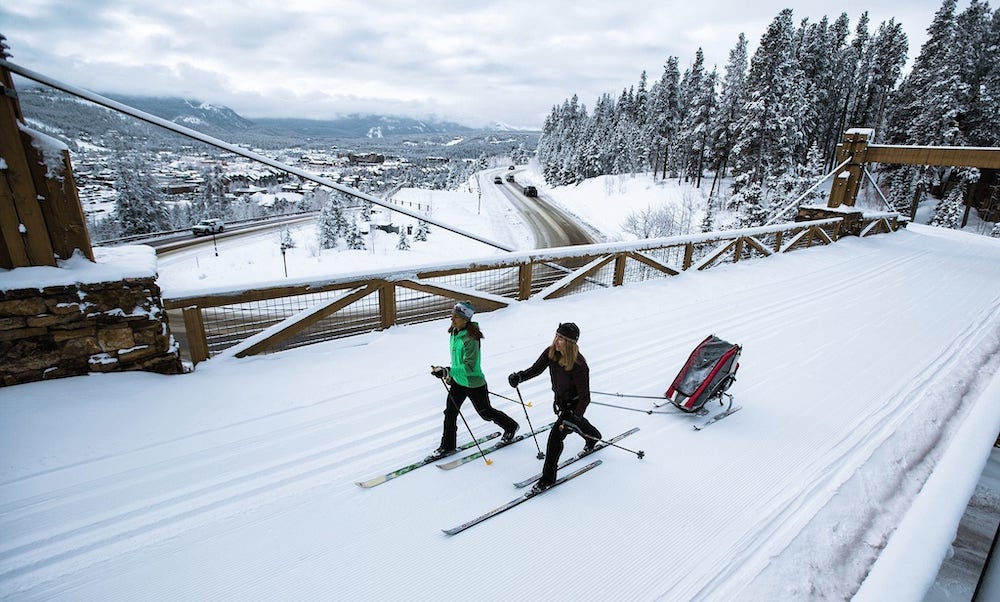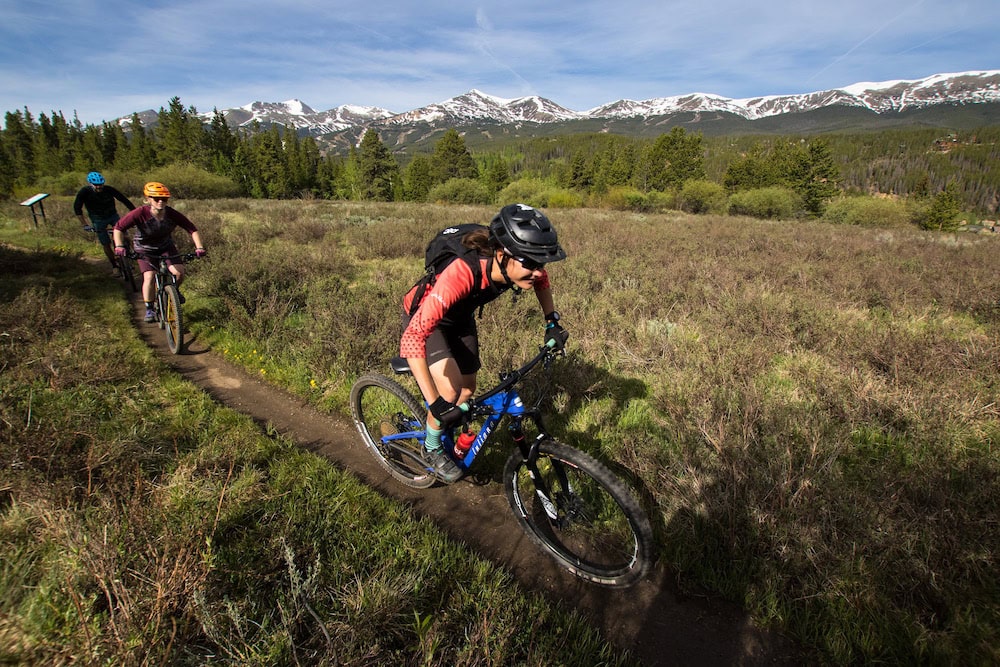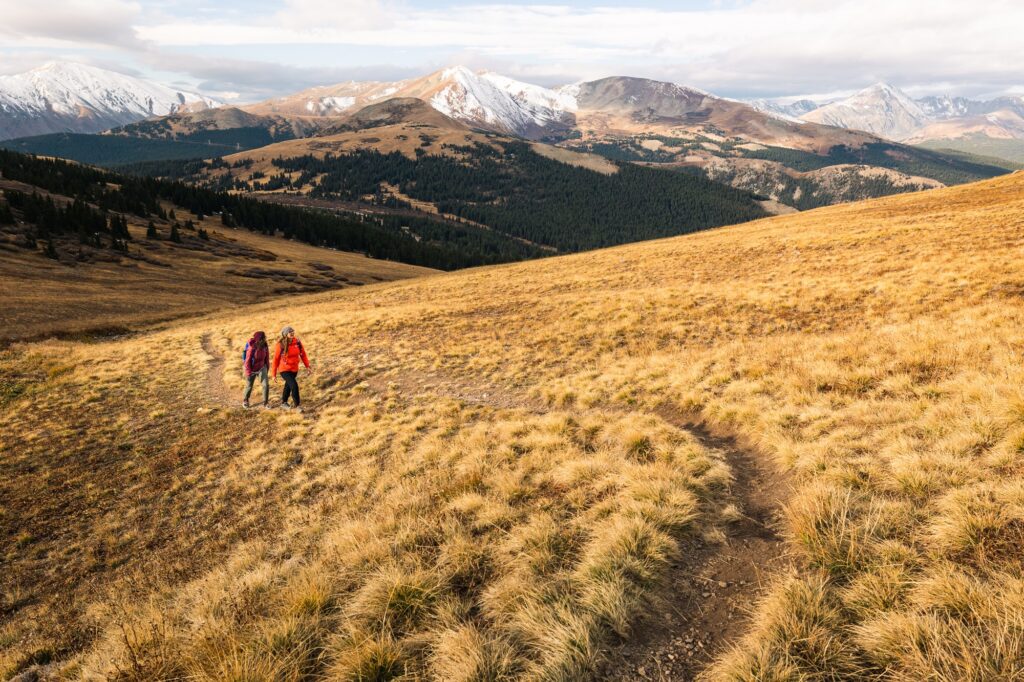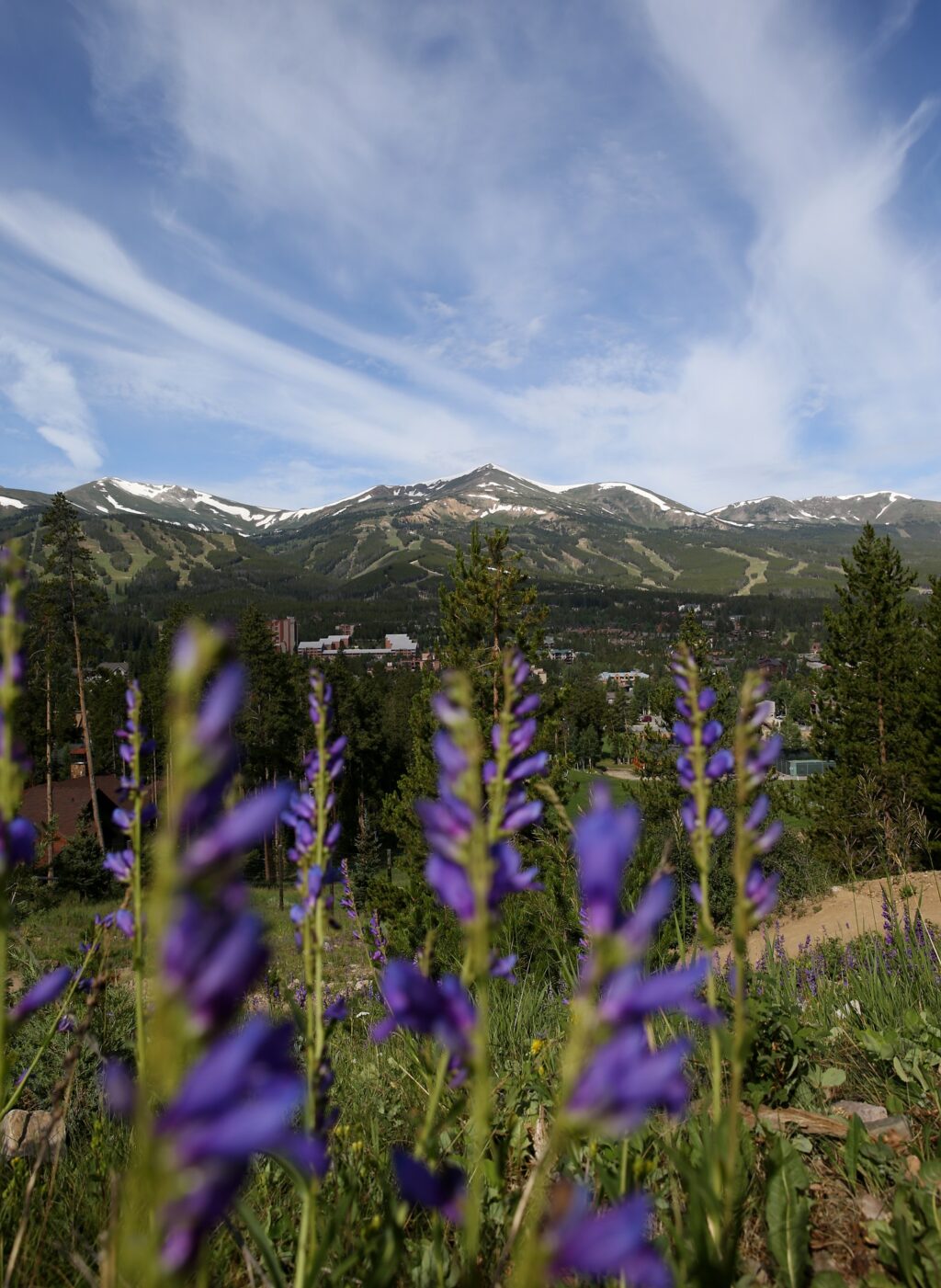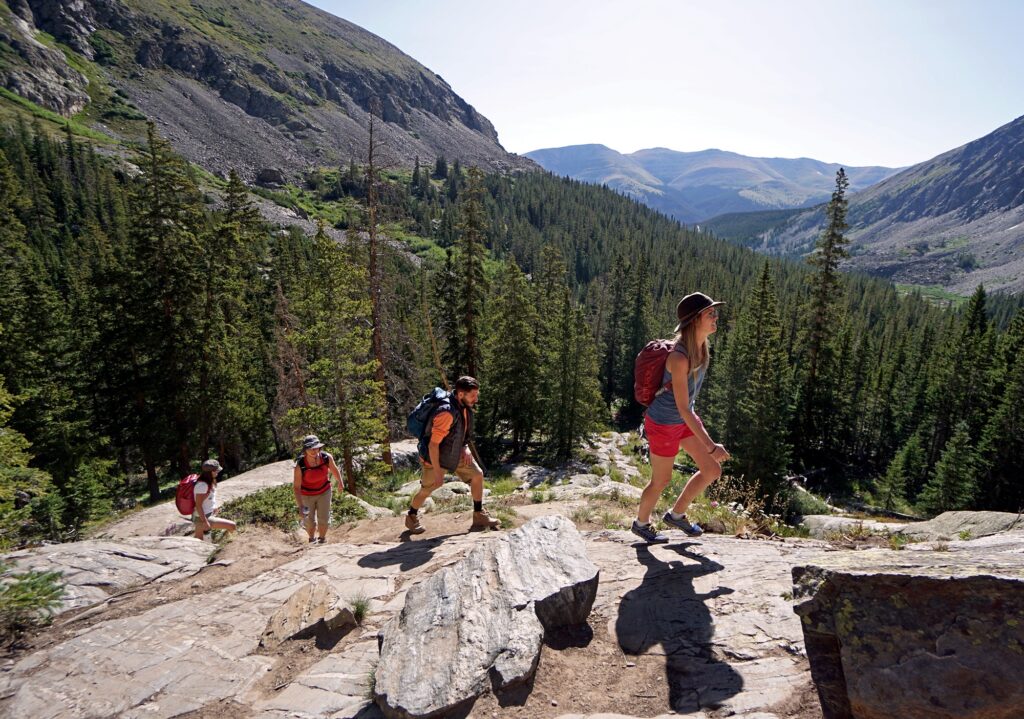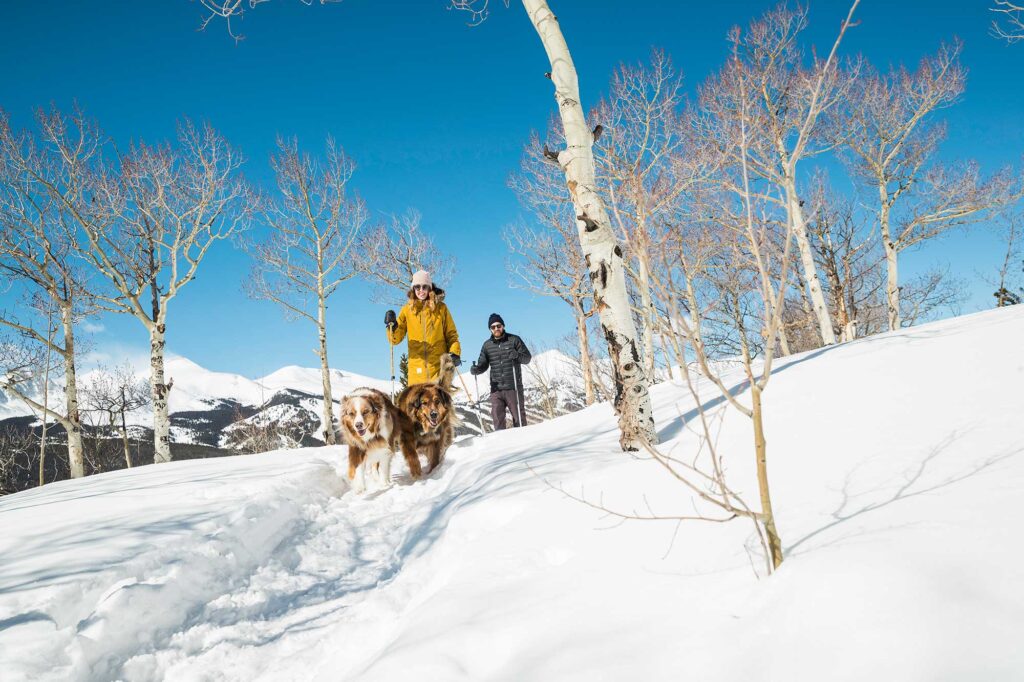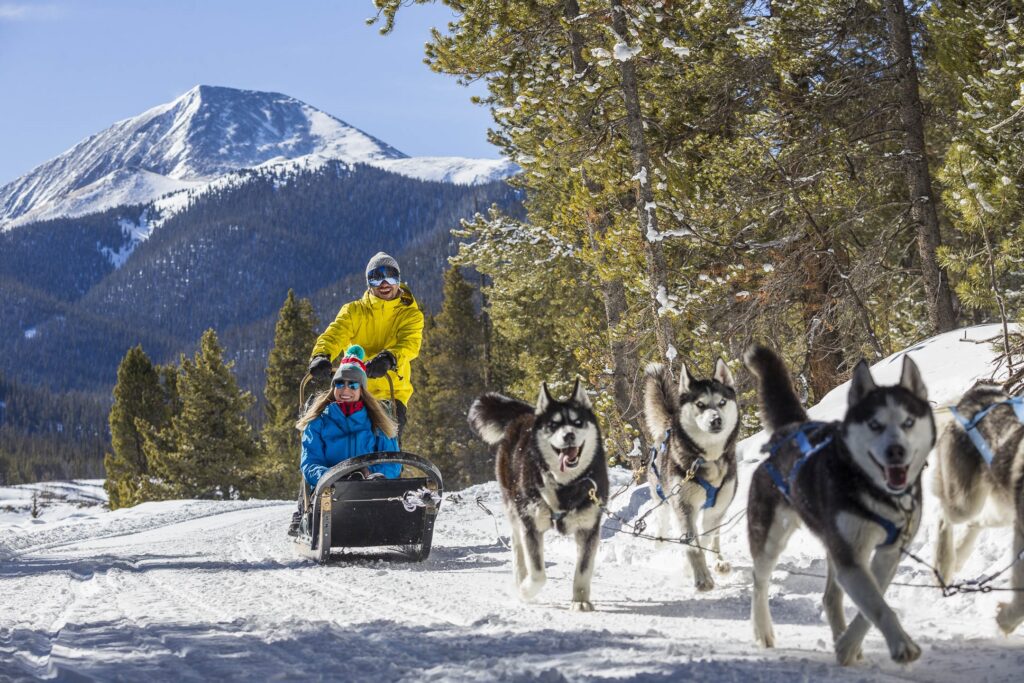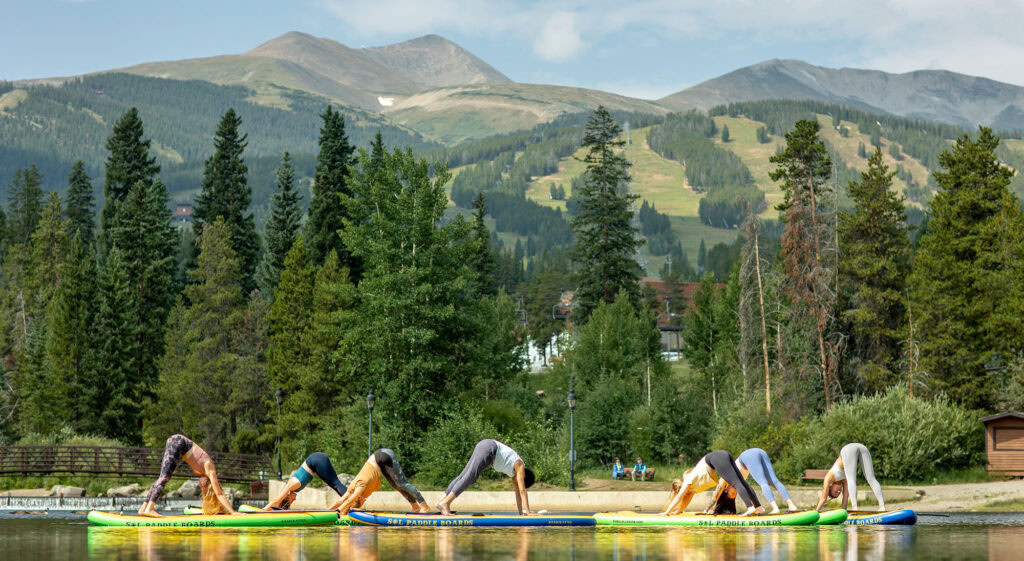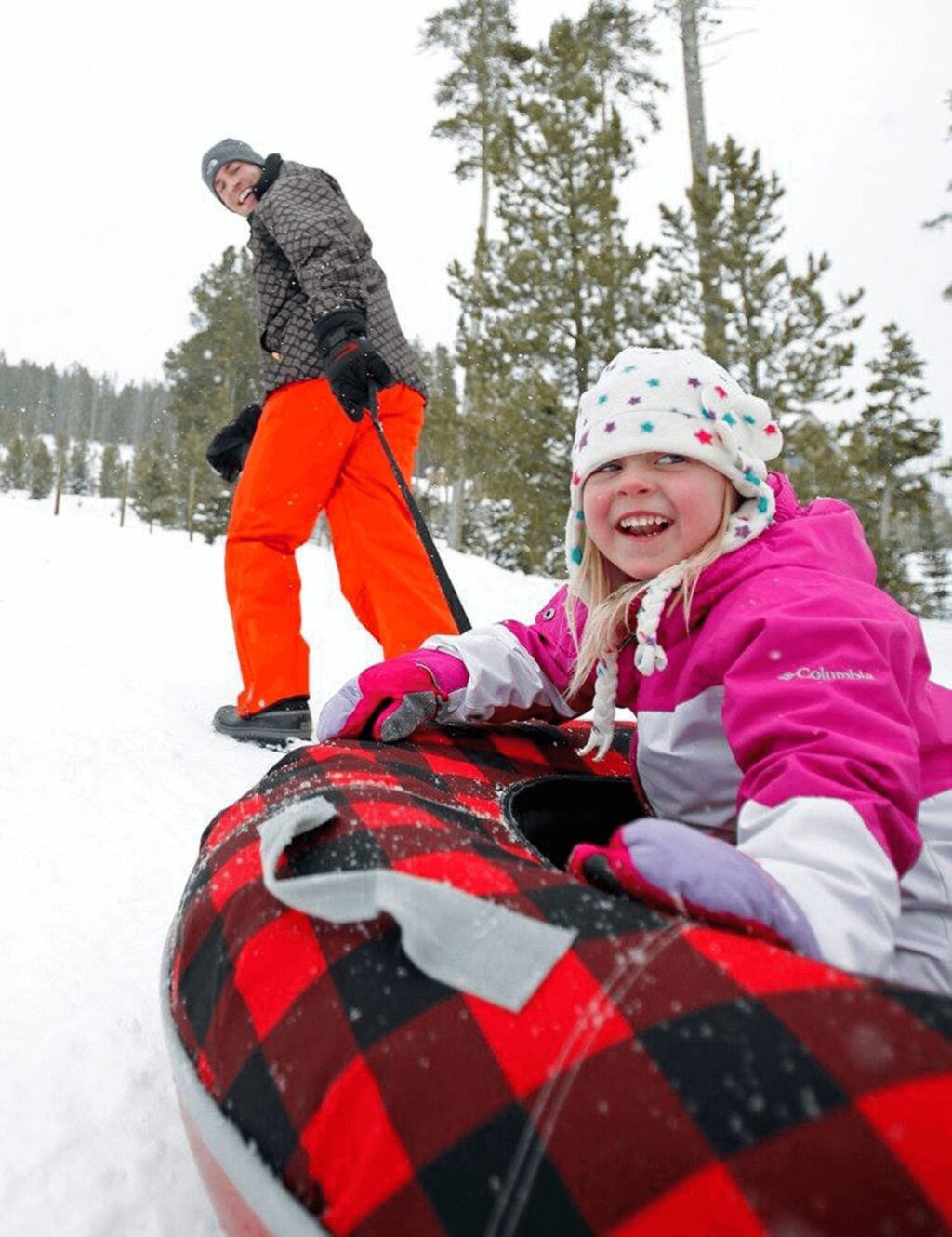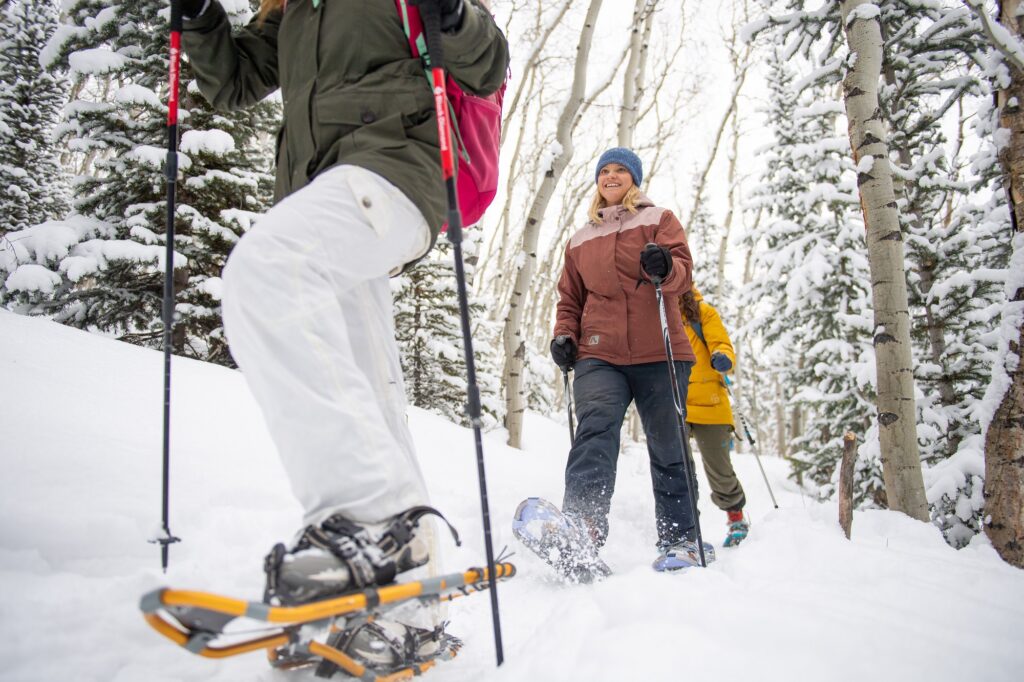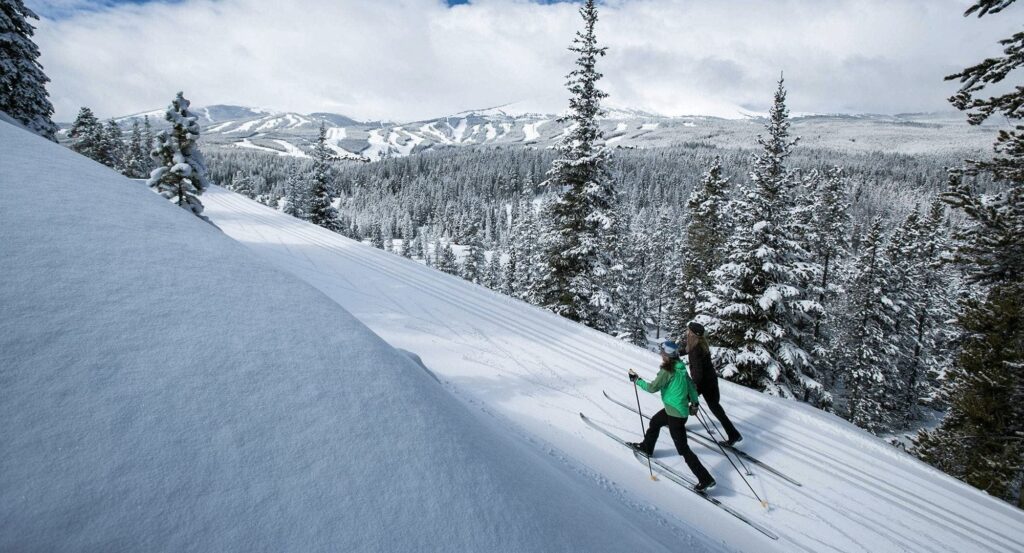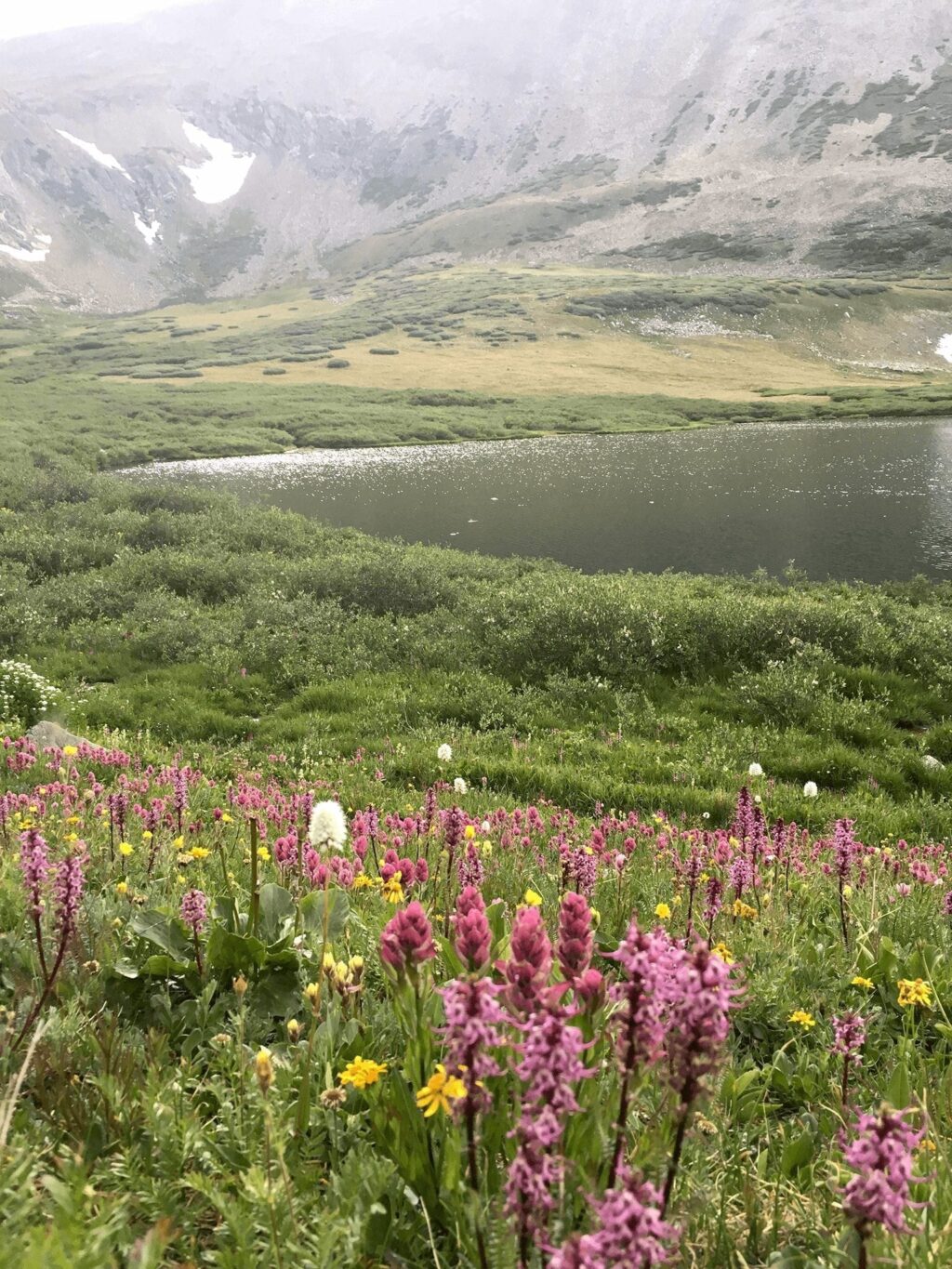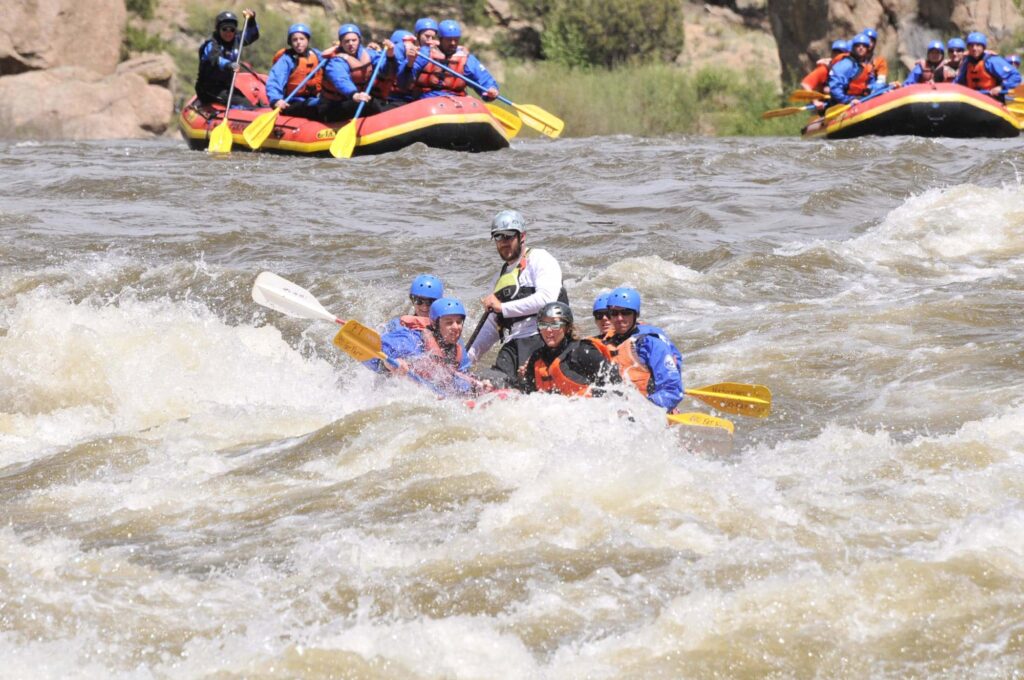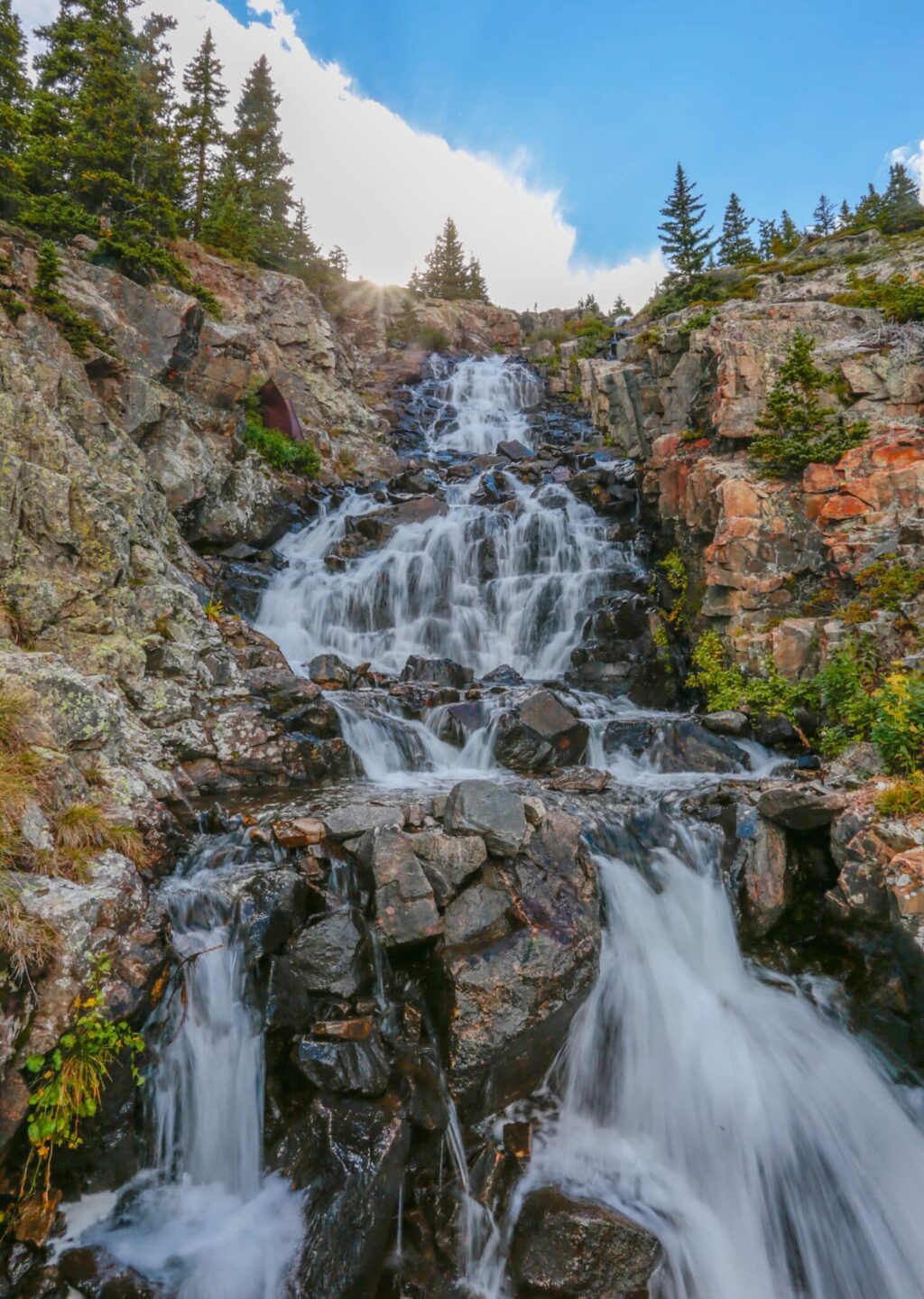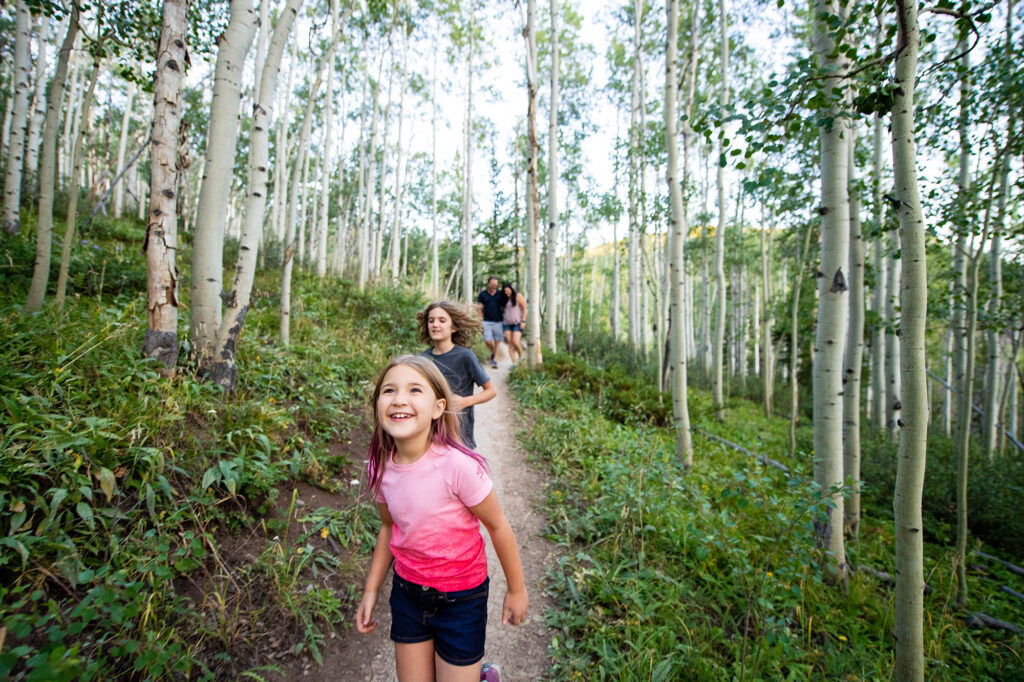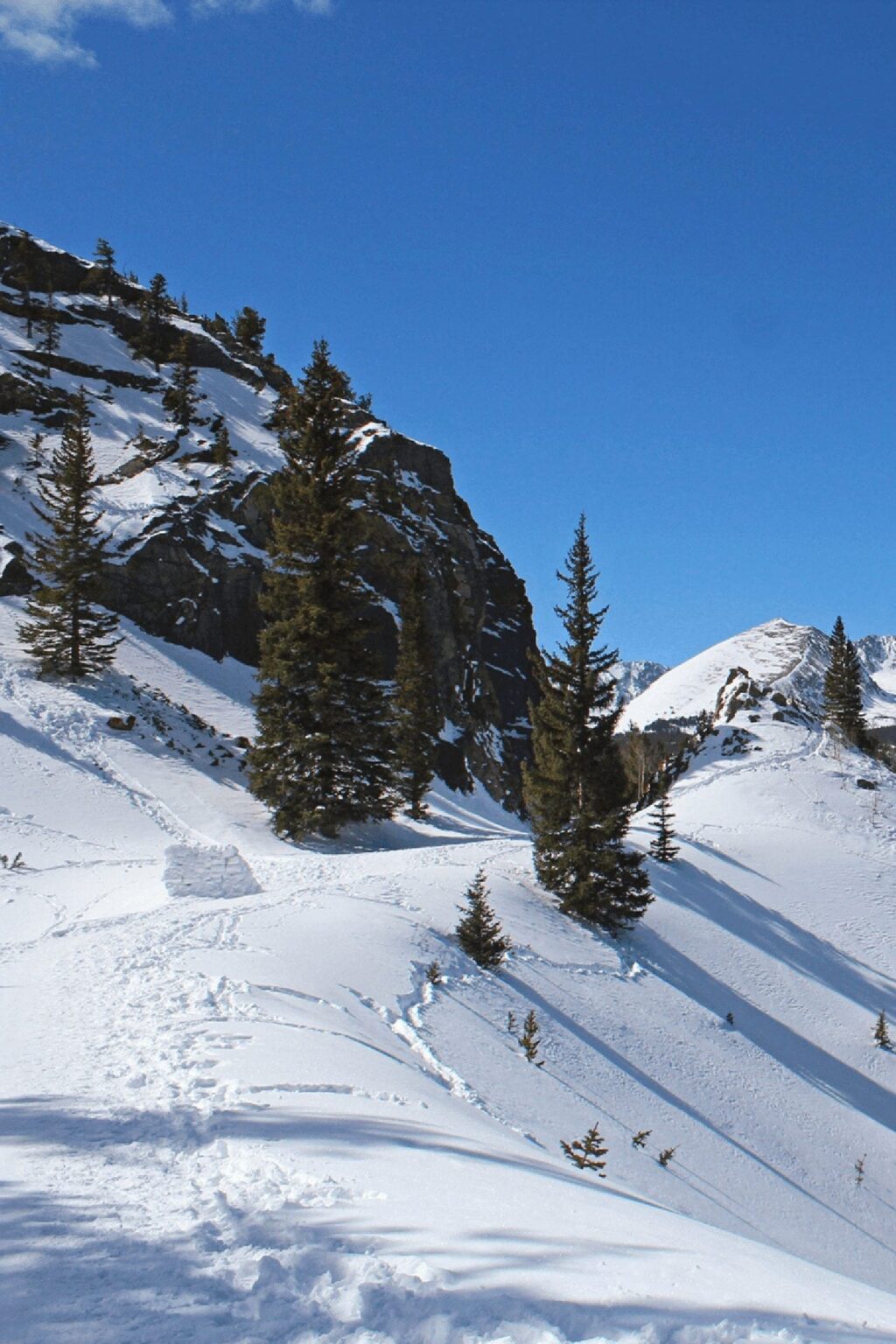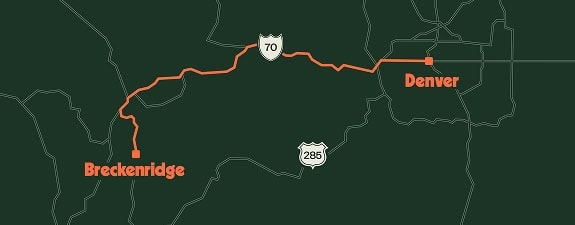Standing on the Continental Divide brings into focus the entirety of the Continental United States, highlighting the vastness of the Western expanse of the country, and the far distance to coasts. There are four places near Breckenridge where you can stand on the Continental Divide and soak in the greatness of the United States.
The Continental Divide is the spine of the continent, a high ridge of mountains that divides the waters. Rain that falls on the east of the Great Divide flows eventually to the Mississippi River and the Gulf of Mexico, differentiating from those waters that flow west on their way to the Pacific Ocean.
Easiest:
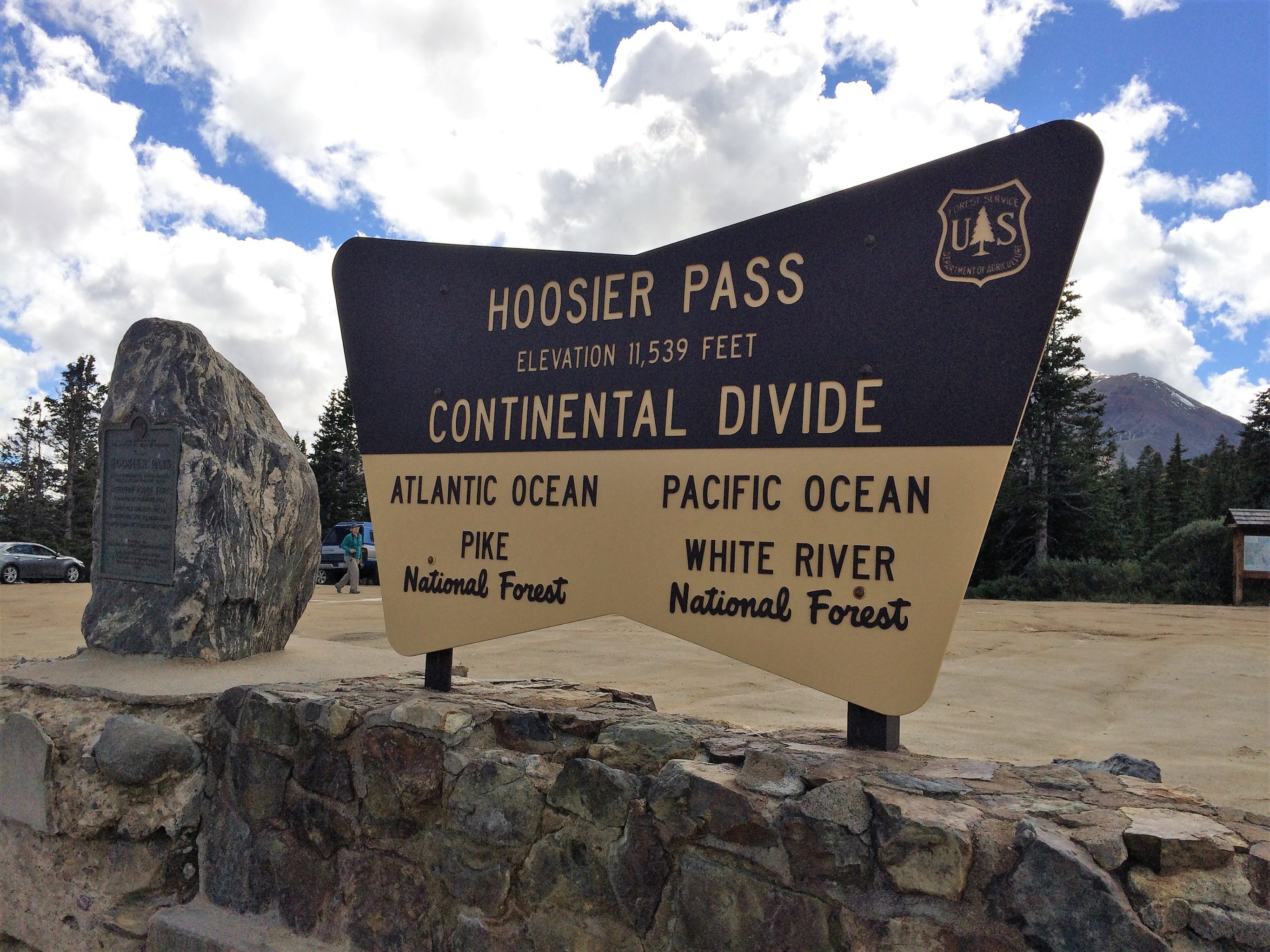
Hoosier Pass, South of Breckenridge, Elevation 11,539’
The first European explorers to document a crossing of the Continental Divide at today’s Hoosier Pass were the members of the Fremont Expedition in June 1844. Led by military leader and great “Pathfinder” John C. Fremont, the expedition crossed from the north (Breckenridge side) to the south following a buffalo trace, or worn migration path.
Again in 1860, miners crossed the pass from the south in search of gold in the Breckenridge area. As was the tradition of the time, miners named geographic places based on their home state. Hence Hoosier Pass was named by prospectors from Indiana.
Today, a visit to Hoosier Pass is an easy drive up paved State Highway 9, open year-round. To get there from Breckenridge, take Main Street or Park Avenue south to join Highway 9 as it heads toward Fairplay. Drive about 10 miles to the summit. Hoosier Pass offers scenic views and hiking trails to explore during your visit.
Loveland Pass, Northeast of Breckenridge, Elevation 11,991’
In the early days of gold prospecting in Colorado, an enterprising railroad man, William A. H. Loveland, built a rough road from the railyards in Georgetown over the Continental Divide, in hopes of constructing an eventual rail line to the lucrative gold fields further west.
Loveland’s dream of a railway was never realized, though the road he created became US Highway 6 and the highest road in the nation that is kept open year-round. Topping out at almost 12,000 feet in elevation, with narrow winding turns and steep grades, Loveland Pass is one of the most exciting drives in the country. Today, Loveland Pass is a favorite with adventurous drivers, backcountry skiers and snowboarders, and cyclists up for a lung-busting ride, and the occasional truck that isn’t allowed through Eisenhower Tunnel. If you are looking for a brag-worthy hike, Loveland Pass offers challenging vertical, rewarding 360° views, and beautiful wildflowers.
To get to Loveland Pass, take Highway 9 north from Breckenridge to Farmer’s Korner. Turn right (east) on Swan Mountain Road for a scenic short-cut to US Highway 6 at Summit Cove. Head right (east) on Highway 6 past Keystone and Arapahoe Basin to the summit, about 24 total miles from Breckenridge.
Intermediate:

Boreas Pass, East of Breckenridge, Elevation 11,482’
One of the most beloved and scenic drives from Breckenridge is Boreas Pass. It was one of the earliest routes into the Breckenridge area, dating from the prospecting period. In the 1880’s it became a narrow gauge railroad route, and in the 1940’s the tracks were ripped out for the war effort and it became a road yet again, this time wide enough to accommodate modern vehicles.
It was quite the engineering marvel to build a railway across the Continental Divide and vestiges of history line the roadway today. The views are also spectacular, starting with town and Breckenridge Ski Area, curving around to the south and east toward towering Quandary Peak (a Fourteener), to the Continental Divide at the summit. Boreas Pass Road is a favorite with auto travelers in the summer, sharing the road with cyclists and walkers. In the winter, Boreas Pass Road is closed to vehicles to the delight of snowshoers and crosscountry skiers. The Section House at the summit serves as a hut in the winter, offering rustic overnight accommodations to non-motorized travelers.
To get there, take Main Street or Park Avenue south to the intersection with Boreas Pass Road. Turn left (east) and travel up the road, about 4 miles on pavement, then another 6 miles on dirt to the summit. Park at the Bankers Tank trailhead or take the scenic drive toward Como.
Most Difficult:

Georgia Pass, Northeast of Breckenridge, Elevation 11,585’
Little is known about the history of Georgia Pass, though suffice to say that it was named by miners from Georgia. Separating the gold rich fields of the South Fork of the Swan River from the eastern slope, visiting Georgia Pass today is an adventure in the wilds of the Breckenridge area. Accessible in the summer only by four-wheel drive vehicles, mountain bikes, or on foot, or snowmobile or skis in the winter, Georgia Pass is the most challenging of Continental Divide toppings in the Breckenridge area.
In the winter, Good Times Adventure Tours, will take you to the summit of Georgia Pass on their classic 2-hour snowmobile tour.
To get there, take Highway 9 north 2.5 miles and turn right (east) onto Tiger Road. Follow Tiger Road 6.5 miles to Good Times where the road ends in the winter. Or continue on up the South Fork Road to the summit of Georgia Pass.
